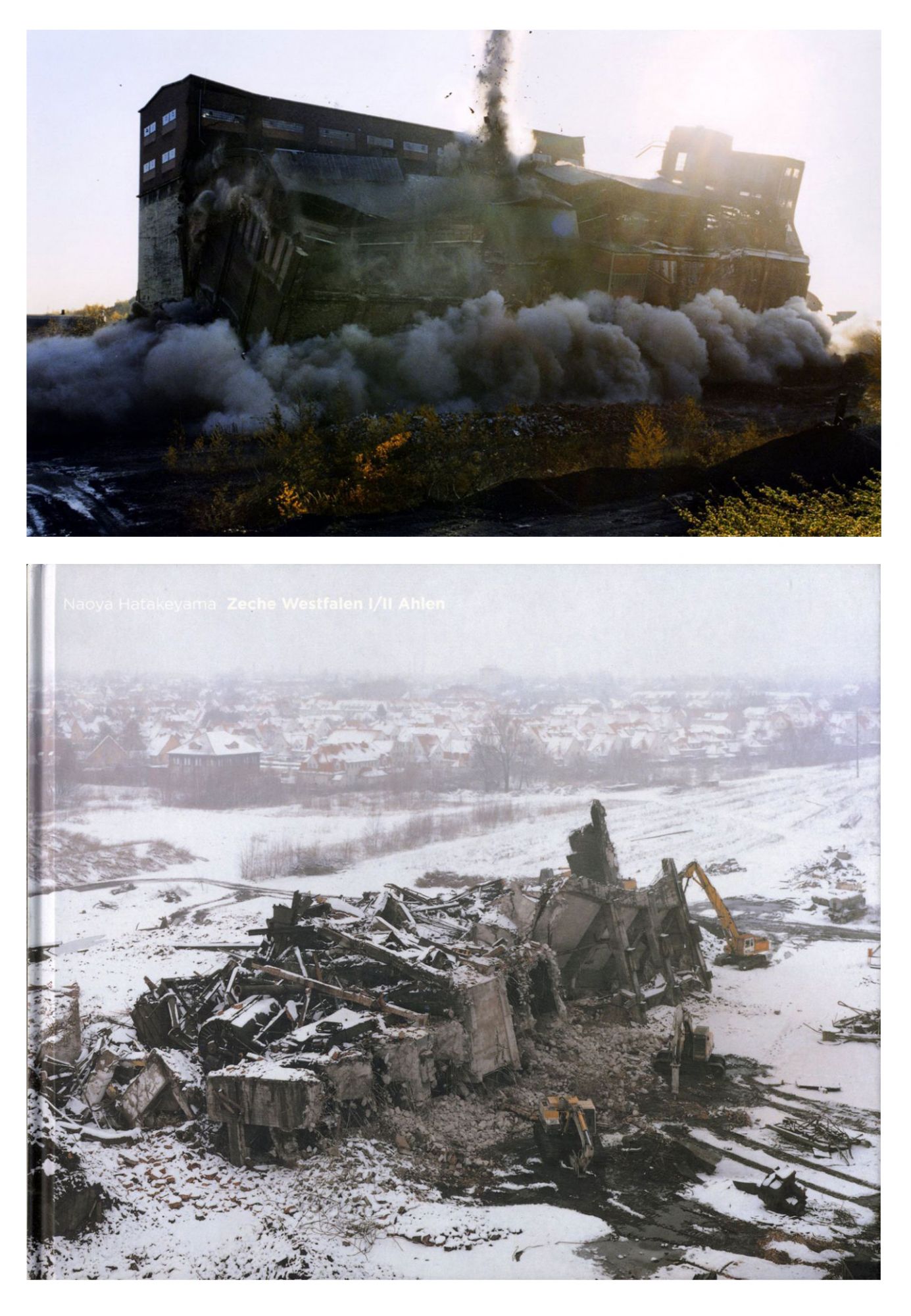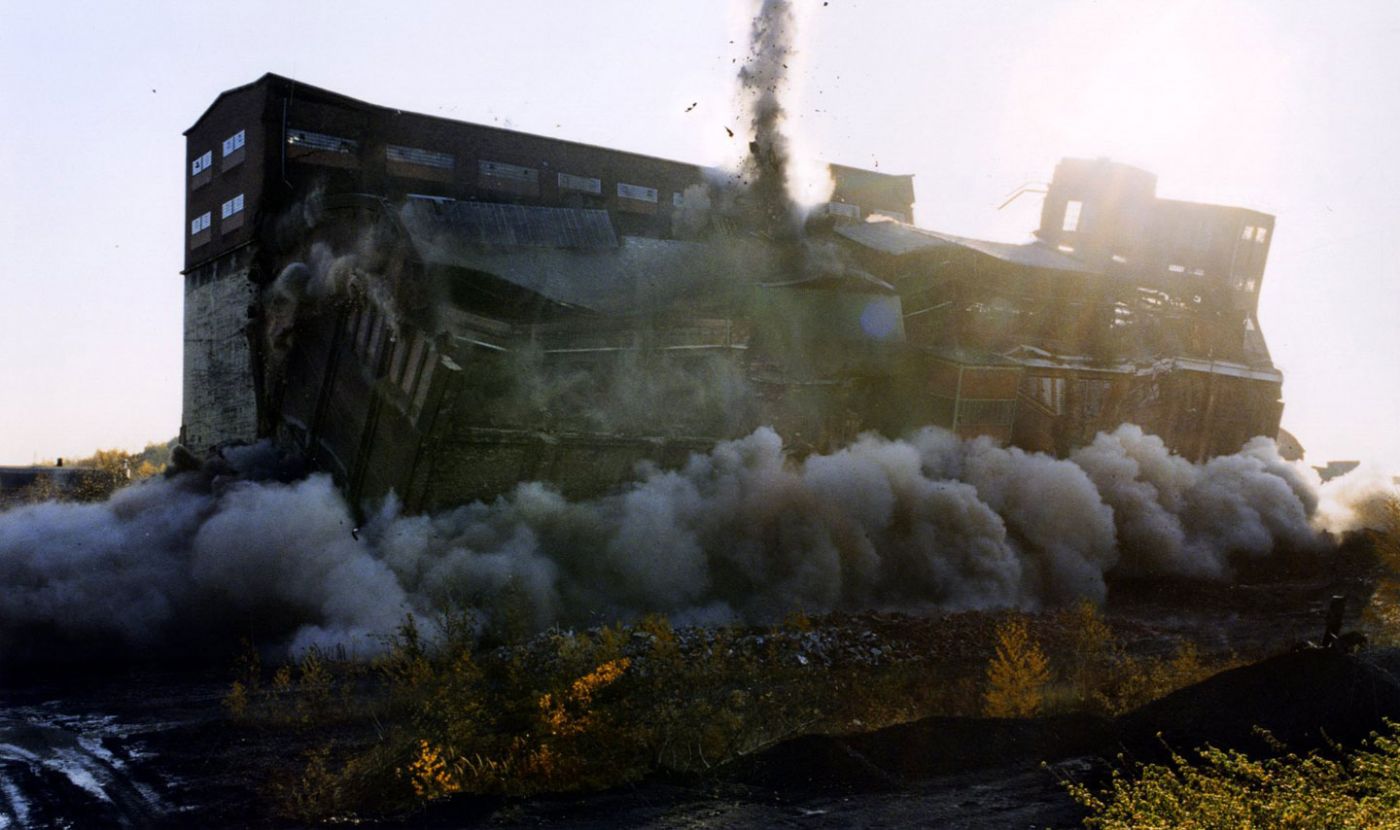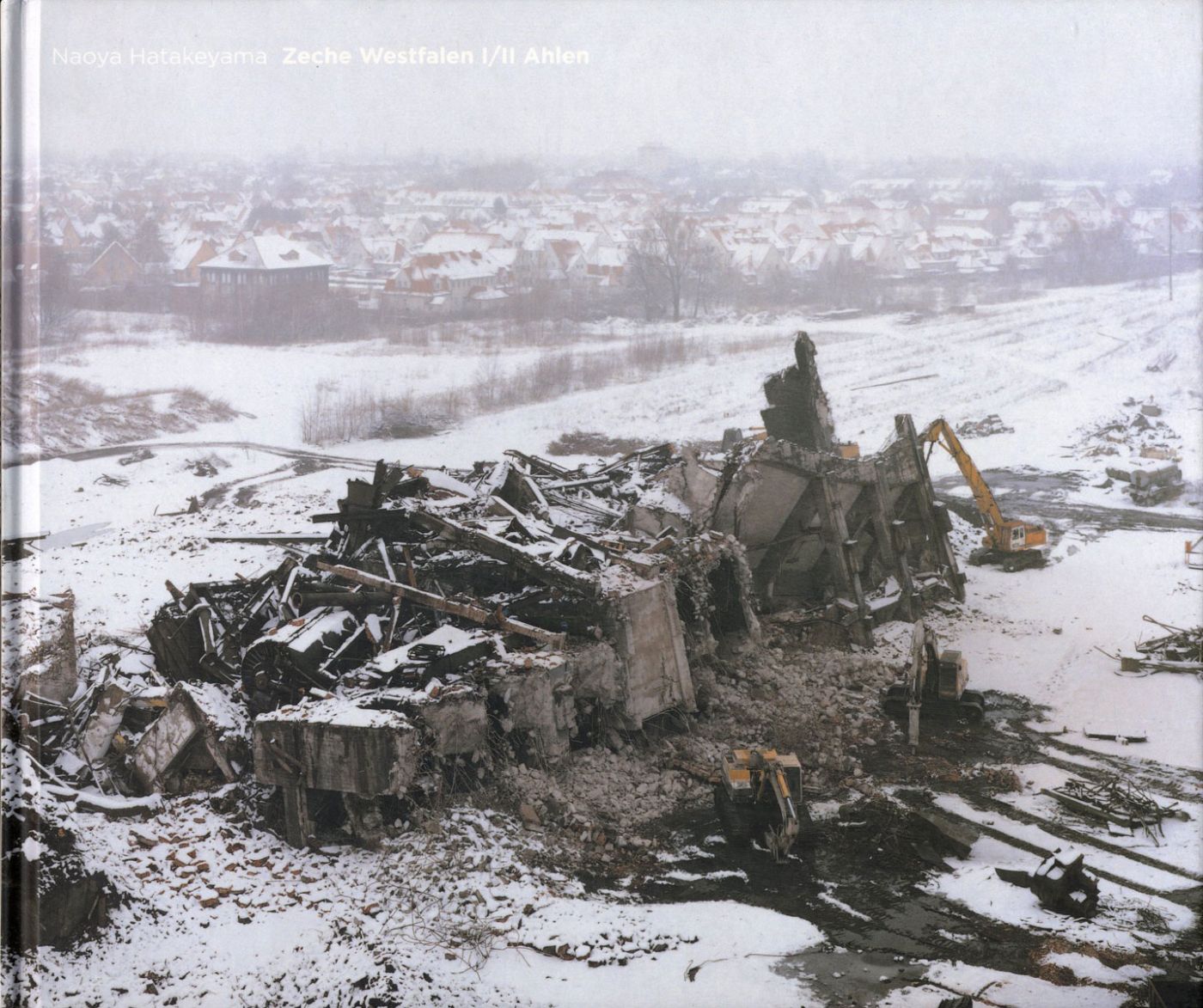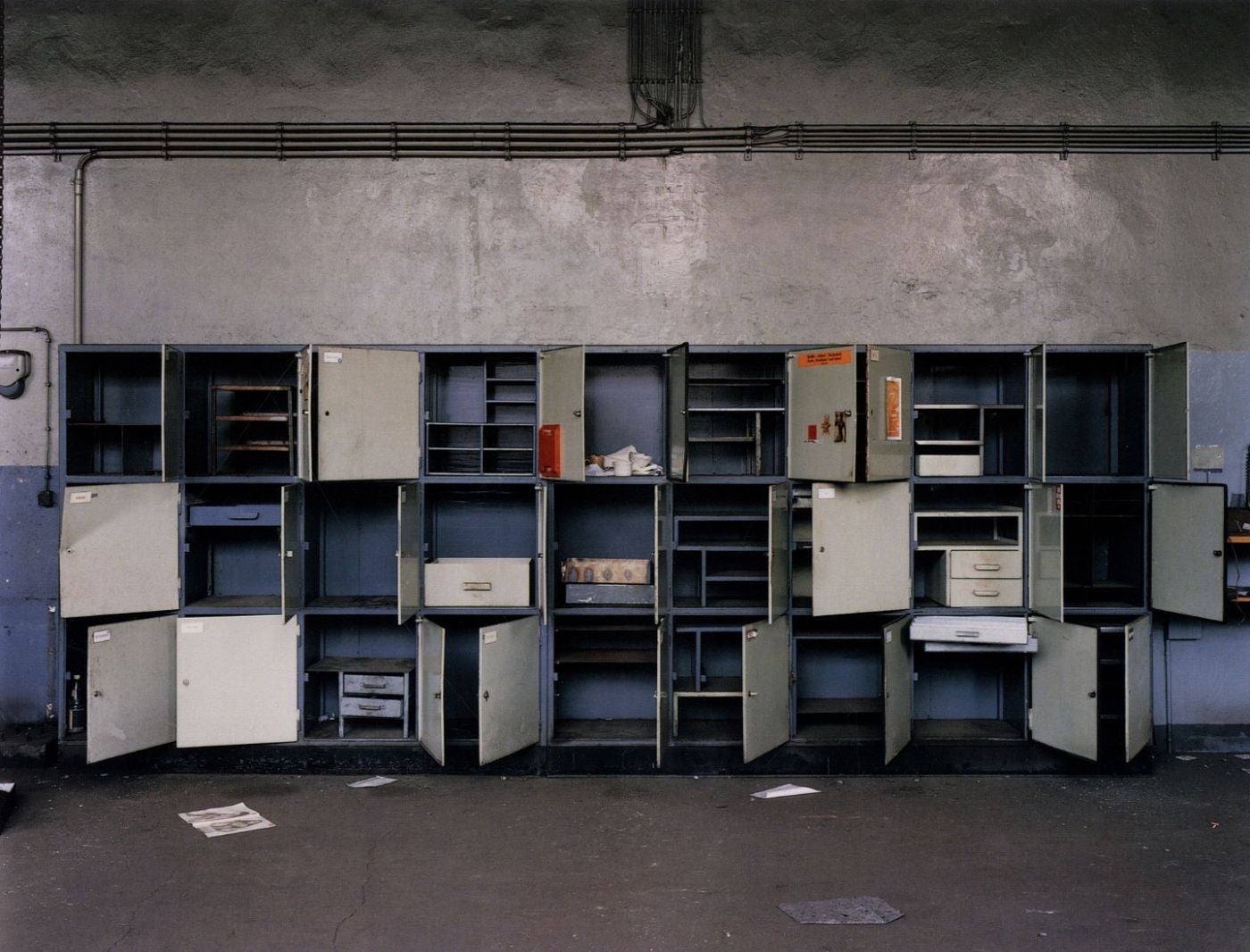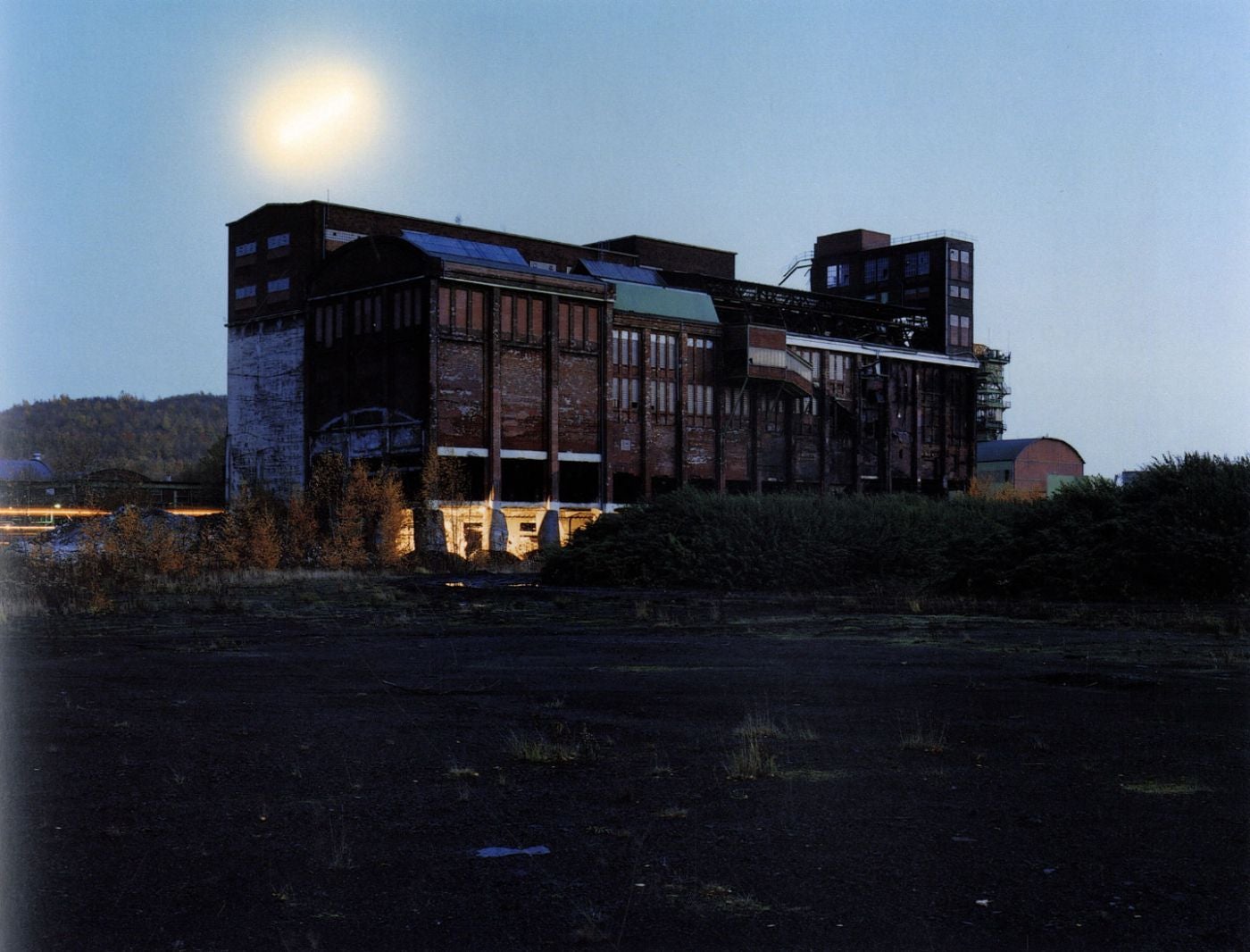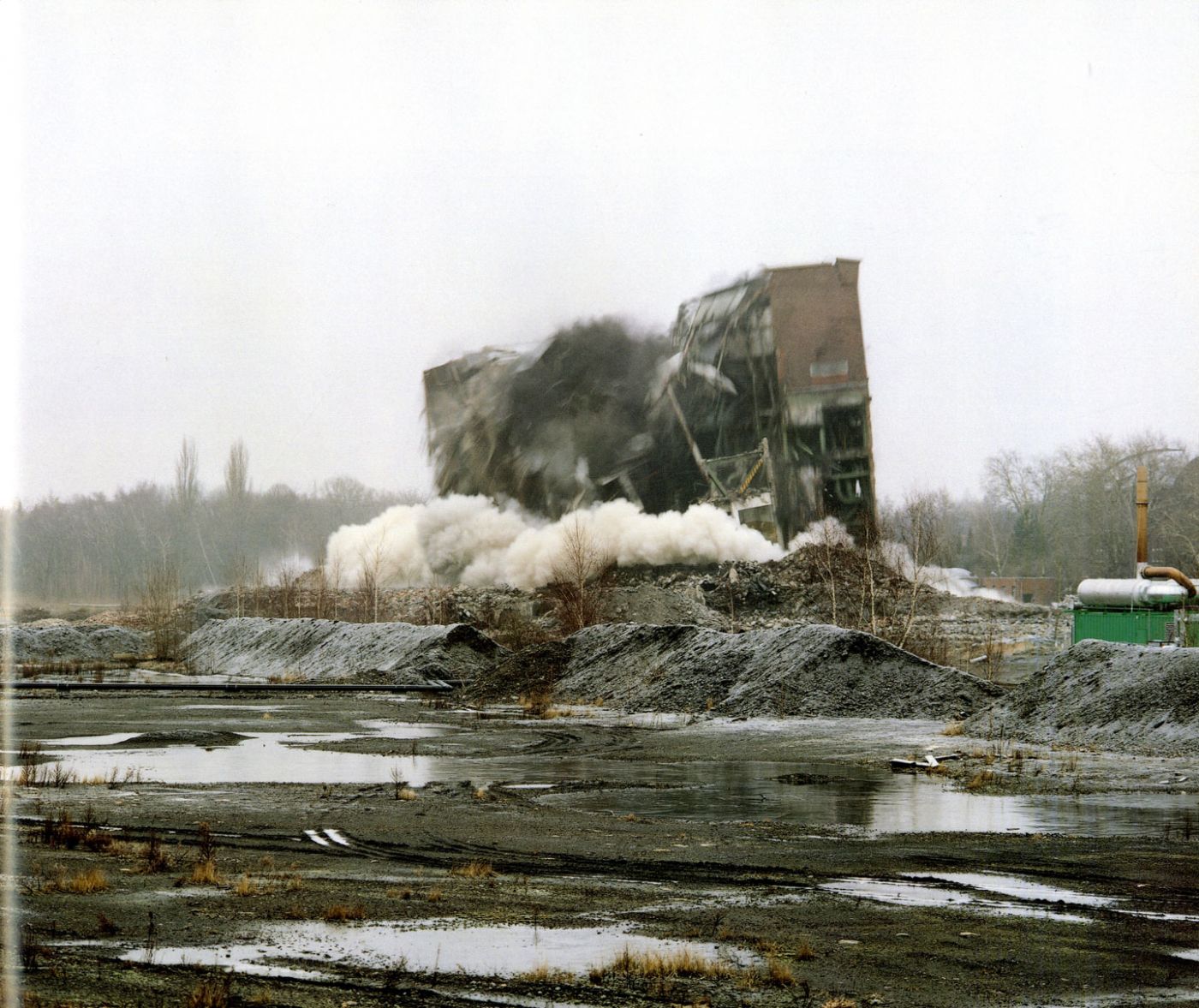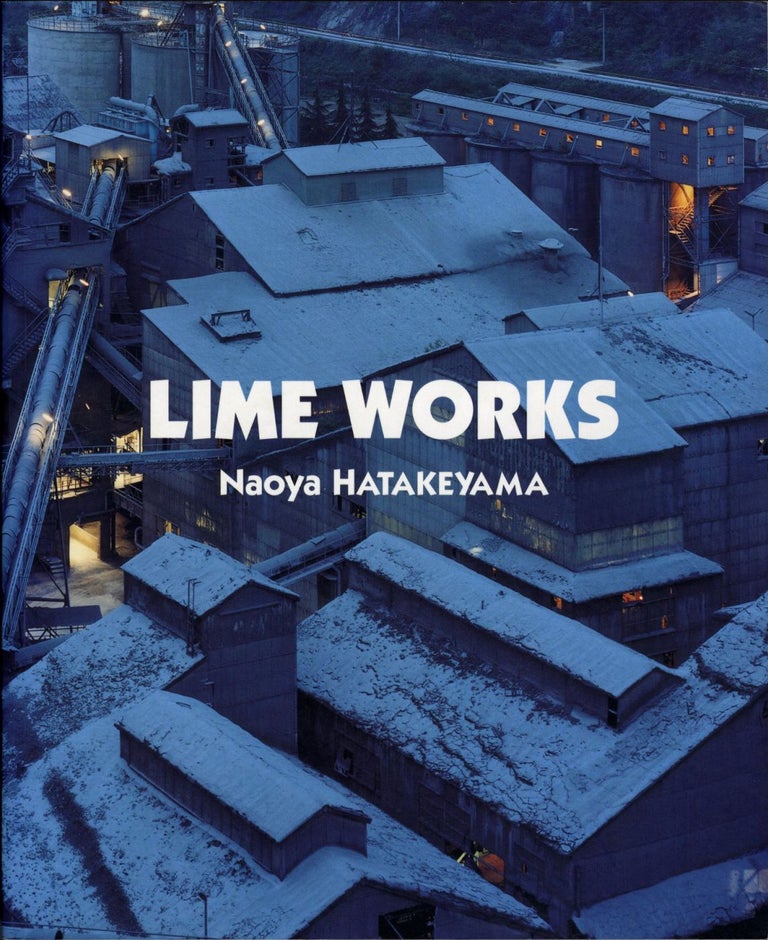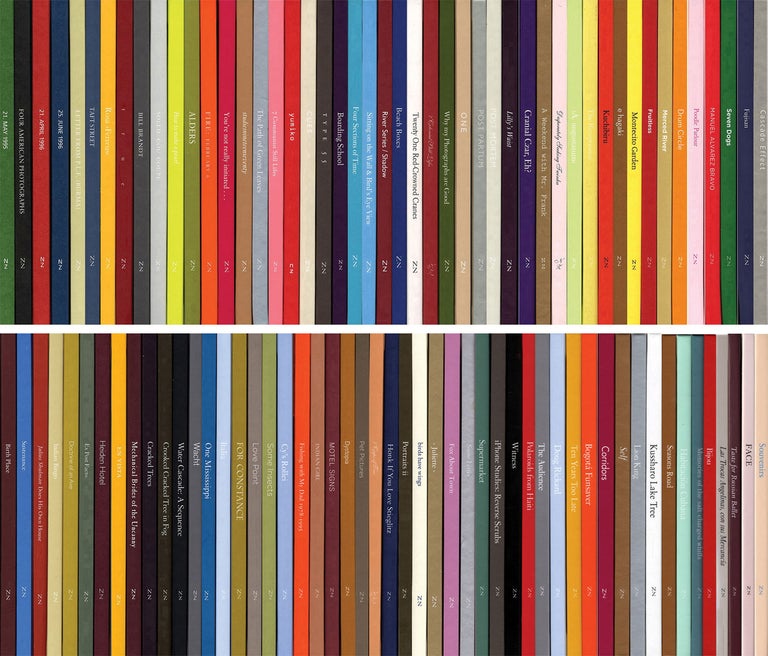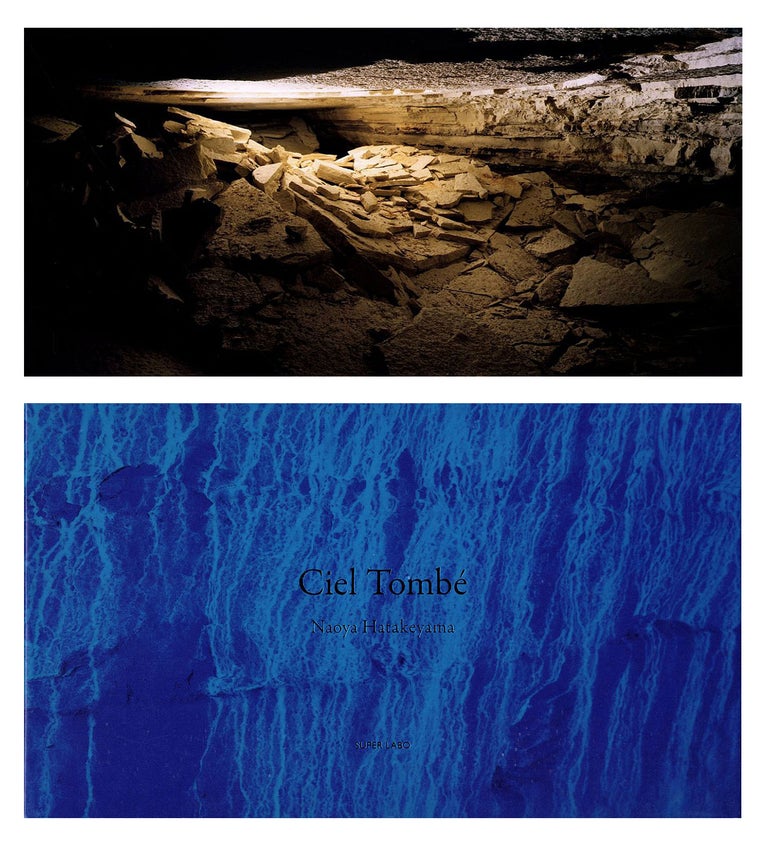Naoya Hatakeyama: Zeche Westfalen I/II, Ahlen, Special Limited Edition (with Type-C Print)
Publisher: Tucson, Arizona: Nazraeli Press, in association with The Joy of Giving Something, Inc. (JGS), 2006
Edition: 1st Edition
Binding: Hardcover
ISBN: 1590051513
Condition: New / No dust jacket as issued
Item #: 102404
$1,500.00
Specifics
First edition, first printing. Deluxe limited edition of 50 copies, with an original Type-C print, signed, numbered (#14/50), titled "Kohlenwäsche, Ahlen 05 November 2003" and dated on lower margin in black ink by Hatakeyama (image size 6-3/4 x 11-3/8 inches; paper size 8-15/16 x 12-15/16 inches), contained in a folio with fine ivory cloth-covered boards and title stamped in white on the cover. The book is signed in black ink on the title page by Hatakeyama. The print and book are housed in a custom-made fine ivory cloth-covered clamshell box with title stamped in white on the front.
Hardcover. Photographically illustrated paper-covered boards, no dust jacket as issued. Photographs by Naoya Hatakeyama. Essay (in English and German) by Andreas Brüning. Unpaginated (76 pp.), with 49 four-color plates beautifully printed on heavy matte art paper. 11-1/4 x 13-1/4 inches.
Condition
New (book, clamshell box and print are all in flawless condition).
Description
From the publisher: "Documentary evidence exists of 700 years of coal mining in the Ruhr District of Germany, one of Europe's largest and most densely populated industrial regions. To this day, approximately 9.6 billion tons of hard coal have been mined in the state of North-Rhine-Westphalia. On June 30, 2000, almost 100 years of mining history came to an end in Ahlen with the closure of the Zeche Westfahlen, which had been opened in 1902 with the inauguration of the Bergwerkgesellschaft Westfahlen. The socio-economic impact of this closure has been enormous, and its ramifications continue to reverberate.
Japanese artist Naoya Hatakeyama was commissioned by 'Regionale 2004' to photograph in Ahlen from October 2003 until February the following year, documenting the sites and structures that were home to tens of thousands of workers for over a century. The resulting photographs provide a valuable record of this once all-important industrial area, culminating in the demolition and razing of the entire site. Visiting today, one would never know what had stood in the vast, now empty space."


